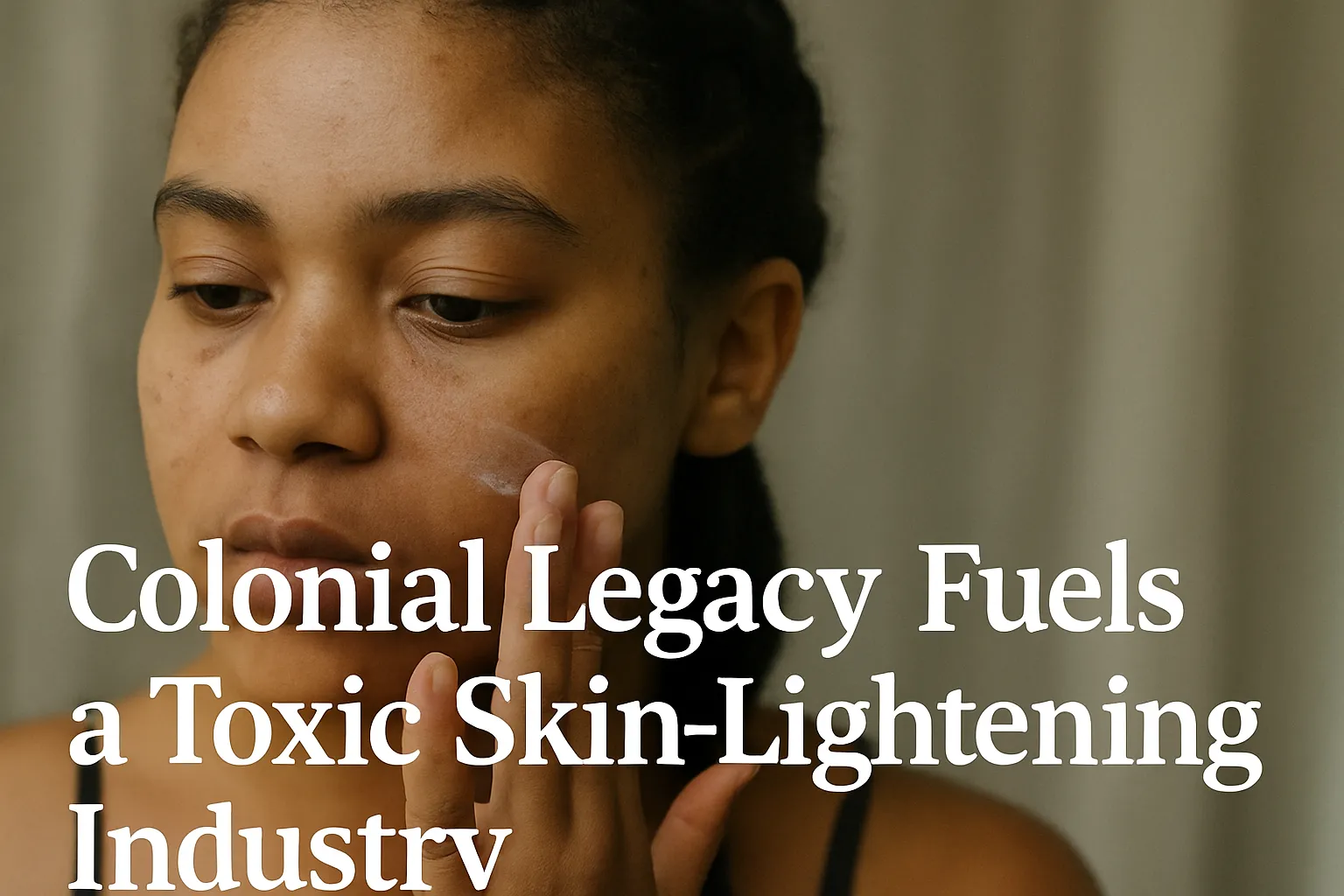Colonial Legacy Fuels a Toxic Skin Lightening Industry
From West Africa to South Asia and beyond, the demand for lighter skin tones endures. Rooted in colonial hierarchies and modern colorism, the skin‑lightening market thrives on insecurity—often with products that can damage skin barriers, disrupt hormones, or contain illegal levels of mercury. Here’s what’s driving the trend, why it’s dangerous, and what safer, evidence‑based care looks like.
Key Takeaways
- Colorism—shaped by colonial history—still influences media, matchmaking, and hiring, sustaining demand for lighter complexions.
- Some creams and soaps are adulterated with mercury, high‑dose hydroquinone, or potent steroids, risking burns, thinning, and systemic toxicity.
- Marketing on social media amplifies unrealistic before‑after claims; enforcement lags across borders.
- Dermatology‑backed routines (SPF, retinoids, vitamin C, azelaic acid) can target hyperpigmentation safely—without bleaching.
- Brands and platforms can reduce harm via ingredient transparency, ad policy enforcement, and creator education.
What “Lightening” Often Promises vs. Delivers
“Tone correction” and “glow” are common euphemisms. Results are frequently temporary and come with rebound pigmentation once products stop.
| Ingredient | Typical Risk Profile | Notes |
|---|---|---|
| Mercury compounds | High — neurotoxic; kidney/nerve damage risk | Illegal in many markets; can contaminate household surfaces. |
| High‑dose Hydroquinone | Moderate–High — ochronosis, irritation | Medical supervision recommended; many OTC bans/limits exist. |
| Topical Steroids (unsupervised) | Moderate–High — skin thinning, acne, rebound | Short, physician‑guided use only for specific conditions. |
| Azelaic Acid, Niacinamide, Vitamin C | Lower — irritation possible | Evidence‑based brightening; patch test and SPF essential. |
How We Got Here: Beauty Hierarchies With Deep Roots
Colonial rule entrenched class and labor systems that privileged lighter skin. Those hierarchies never fully disappeared; they re‑emerge in today’s ads, casting calls, and algorithms that reward “fairness” as a proxy for attractiveness or professionalism. Family and workplace pressures can start early, normalizing bleaching long before people learn the risks.
The Modern Fuel: Influencer Marketing & Cross‑Border E‑Commerce
Social feeds amplify transformation narratives, while cross‑border marketplaces make it easy to ship unregulated formulations. Even where rules exist, enforcement is patchy: labels are vague, ingredients are hidden behind “proprietary blends,” and third‑party sellers relist banned items under new names.
Policy & Platform Actions That Work
- Ingredient limits & testing: Routine screening for mercury and high‑dose hydroquinone at borders.
- Ad policy enforcement: Prohibit “whitening” claims tied to social/status outcomes; require proof for clinical claims.
- Clear labeling: INCI names, concentrations, and warnings in local languages.
- Creator guidelines: Disclose sponsorships; ban unsafe DIY bleaching hacks.
Safer Routes to Treat Hyperpigmentation
- Daily SPF (30+), reapplied, to prevent dark spots from deepening.
- Retinoids (adapalene/retinol) at night for cell turnover.
- Vitamin C (L‑AA 10–20%) or azelaic acid (10–20%) for brightening.
- Niacinamide (4–5%) to reduce dullness and blotchiness.
- Professional care: Dermatologist‑guided peels/lasers for melasma or post‑inflammatory marks.
Patch test new products. If pregnant, nursing, or managing conditions like melasma, consult a dermatologist first.
Ethics for Brands: From “Whitening” to Skin Health
Language matters. Shifting from “whitening/fairness” to tone‑evening, dark‑spot care, and skin‑barrier support reframes beauty around health rather than hierarchy. Back claims with peer‑reviewed evidence, publish full ingredient lists, and invest in diverse shade ranges that celebrate undertone differences.
Consumer Checklist: Spot Red Flags
- “Instant whitening” or “permanent fairness” promises.
- No full INCI list; vague “secret formula” claims.
- Imported jars with scratched labels or spelling errors.
- Steroid names without a prescription (e.g., clobetasol) listed in “cosmetics.”
- Burning, stinging, or metallic smell — stop use and seek medical advice.
FAQ
Is hydroquinone always unsafe?
Not always. In many countries it is a medicine for specific pigment disorders and should be used short‑term under medical supervision. Unregulated, high‑dose or prolonged use raises risks of irritation and ochronosis.
Are “organic” or “herbal” lighteners safer?
“Natural” isn’t a safety guarantee. Some products are spiked with steroids or mercury despite herbal marketing. Buy from reputable brands, check INCI lists, and patch test.
How long do safe brightening routines take?
Expect gradual changes over 8–12 weeks with consistent SPF, retinoids, and brightening actives. Rapid “overnight” results are a red flag.
Medical disclaimer: This article is informational and not a substitute for professional advice. Consult a qualified clinician for diagnosis and treatment.

